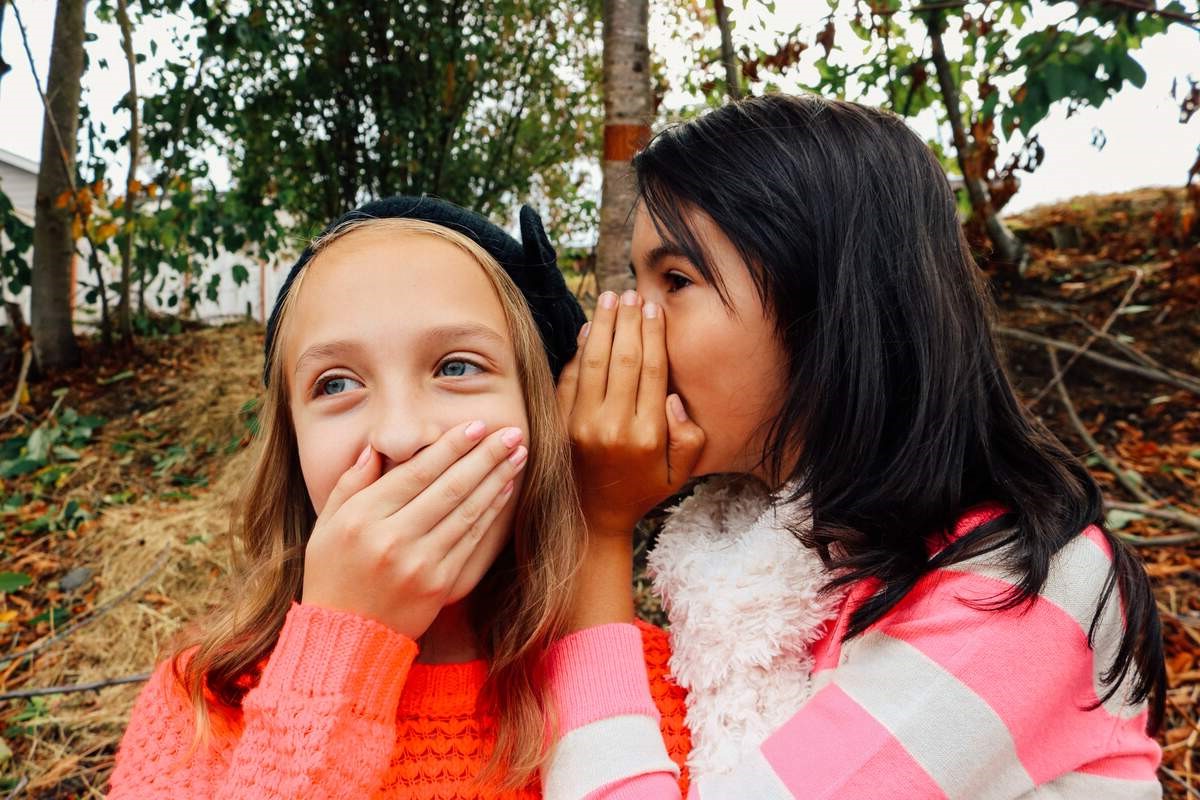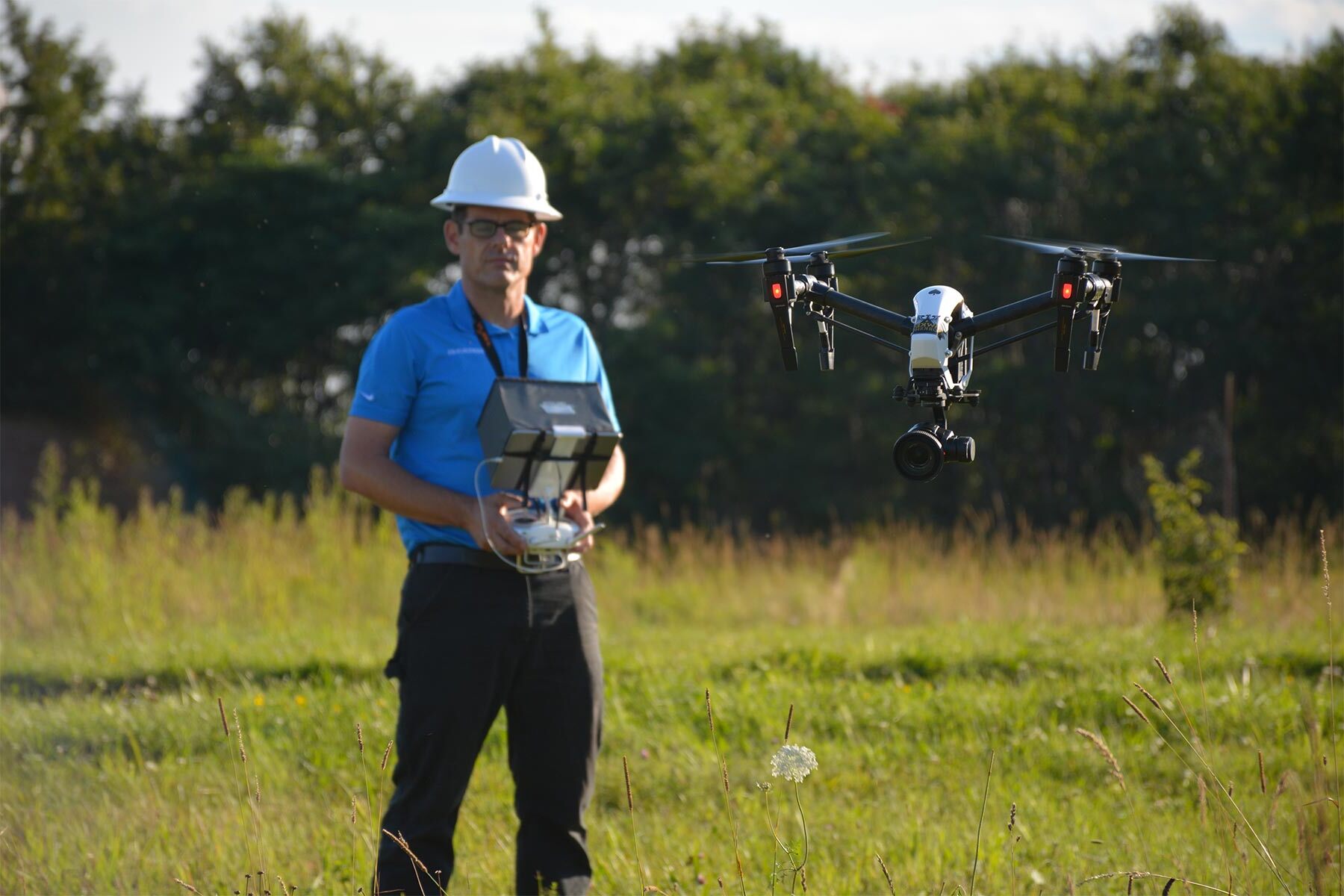
Ever wondered why April 4th sparks conversations about making smart decisions and leading a life free from substance abuse? That's right, we're talking about D.A.R.E. Day, a day dedicated to Drug Abuse Resistance Education. This initiative, which has been enlightening young minds since its inception in 1983, aims to equip kids with the knowledge and skills to resist drugs, alcohol, and violence. But why should we mark this day on our calendars? D.A.R.E. Day is crucial because it highlights the ongoing efforts to educate and protect our communities from the dangers of substance abuse. From engaging school programs to community outreach, D.A.R.E. has been a cornerstone in preventive education, making April 4th not just another day, but a call to action for a healthier, safer future. So, let's dive into the nine facts that make D.A.R.E. Day stand out, shall we?
Key Takeaways:
- D.A.R.E. Day, celebrated on April 4th, raises awareness about the program's mission to teach students good decision-making skills for a safe and healthy life.
- D.A.R.E. has evolved to address issues like violence and bullying, promoting drug-free lifestyles and fostering community support for young people's well-being.
What is D.A.R.E. Day?
D.A.R.E., which stands for Drug Abuse Resistance Education, is a program designed to educate young people about the dangers of drug abuse and violence. Initiated in the 1980s, this program has been implemented in thousands of schools across the United States and in several other countries. D.A.R.E. Day, celebrated on April 4th, aims to raise awareness about the program and its mission to teach students good decision-making skills to lead safe and healthy lives.
The Origins of D.A.R.E. Day
- D.A.R.E. was founded in Los Angeles in 1983 as a joint initiative between the Los Angeles Police Department and the Los Angeles Unified School District. This collaboration was a response to the growing drug epidemic of the 1980s, with the goal of preventing drug use among youth.
How D.A.R.E. Day is Celebrated
- On D.A.R.E. Day, schools and communities come together to celebrate the achievements of the program and its participants. Activities often include educational workshops, community service projects, and public ceremonies where students can share their experiences and commitments to living drug-free lives.
The Impact of D.A.R.E. on Communities
- Studies have shown mixed results regarding the effectiveness of D.A.R.E., but many communities report positive outcomes. These include increased awareness about drug abuse, improved relationships between students and law enforcement officers, and a stronger sense of community responsibility among participants.
D.A.R.E.'s Evolution Over the Years
-
Initially focused solely on drug prevention, D.A.R.E. has expanded its curriculum to address issues such as violence, bullying, internet safety, and other challenges facing today's youth. This evolution reflects the program's commitment to adapting to the changing needs of students and society.
-
In recent years, D.A.R.E. has incorporated a more interactive and discussion-based approach to its curriculum, moving away from the lecture-based methods of the past. This shift aims to foster a more engaging and effective learning environment for students.
Global Reach of D.A.R.E.
- Beyond the United States, D.A.R.E. programs have been implemented in over 50 countries worldwide. This global expansion demonstrates the universal appeal and potential impact of the program's message against drug abuse and violence.
D.A.R.E. Day's Significance in Promoting Drug-Free Lifestyles
-
Celebrating D.A.R.E. Day helps reinforce the message that living drug-free is not only possible but also rewarding. It provides an opportunity for communities to come together in support of healthy lifestyle choices for young people.
-
Through D.A.R.E. Day activities, students are reminded of the importance of making positive decisions and the role they can play in creating safer, drug-free communities.
-
Recognizing D.A.R.E. Day also serves as a reminder to parents, educators, and community leaders about the ongoing need for effective drug prevention programs and the critical role they play in supporting the well-being of youth.
A Final Look at D.A.R.E. Day
D.A.R.E. Day, celebrated on April 4th, serves as a powerful reminder of the commitment communities across the globe make towards keeping our youth educated and safe from drug abuse. This day isn't just about wearing badges or attending events; it's a call to action for parents, educators, and students to engage in open conversations about the dangers of drug use. Through education and awareness, D.A.R.E. aims to empower young people to make informed choices, fostering a healthier, drug-free future. As we reflect on the significance of this day, let's remember the role each of us plays in nurturing safe environments for our youth. By staying informed and involved, we contribute to the ongoing success of programs like D.A.R.E., making a lasting impact on the lives of young individuals around the world.
Frequently Asked Questions
Was this page helpful?
Our commitment to delivering trustworthy and engaging content is at the heart of what we do. Each fact on our site is contributed by real users like you, bringing a wealth of diverse insights and information. To ensure the highest standards of accuracy and reliability, our dedicated editors meticulously review each submission. This process guarantees that the facts we share are not only fascinating but also credible. Trust in our commitment to quality and authenticity as you explore and learn with us.


